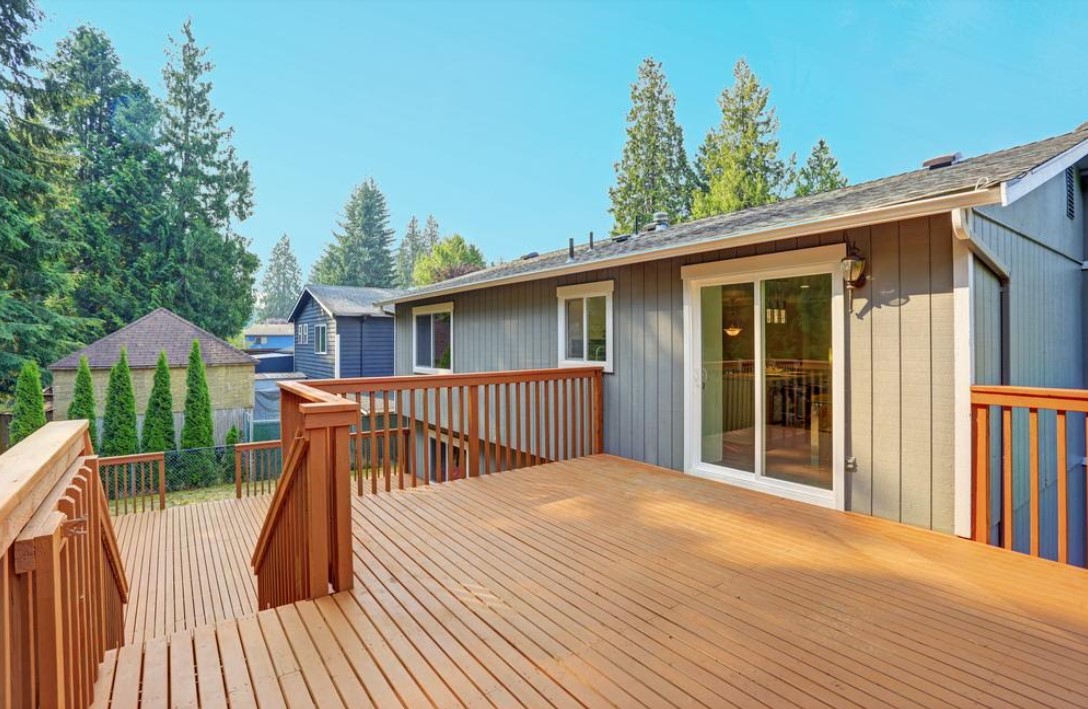
Installing a backyard deck can provide a beautiful outdoor living space for your home. Without proper maintenance though, the deck can quickly become unsightly, unsafe, and expensive to repair. Implementing timely deck care should be a top priority for any deck owner. Learning key maintenance tips will keep your deck looking its best for years beyond initial construction.
Inspecting the Deck Surface
The deck boards or surface material take the most abuse from weather and foot traffic. At least twice per year, thoroughly inspect boards for cracks, splinters, warping, rotting, or other deterioration. The experts at SPAX recommend paying special attention around hardware like rails, benches, steps, and decking screw holes. Smooth any splinters and replace individual boards as soon as damage appears. Allowing damaged boards to remain can speed up decay of underlying structural supports, resulting in expensive repairs.
Cleaning Off Stains and Debris
Organic debris like leaves, dirt and pollen residue should be swept or blown off deck boards regularly. At least every other month, do a thorough top-to-bottom cleaning. Use a pressure washer on most deck types to remove embedded grime. Soft woods like cedar may require milder cleaning with deck brighteners to avoid digging into the wood grain. Be sure to remove furniture, potted plants, and decor items before spraying down the deck with cleaner or a pressure hose.
Re-Sealing and Waterproofing
Most types of decking material require re-sealing every 1-3 years to prevent moisture damage, mold, and discoloration. Clear waterproof sealants help protect the structural integrity of deck boards while allowing the beauty of the wood or composite grain to show. Be sure to use compatible weatherproofing agents made specifically for the deck board type installed. Follow manufacturer guidelines for reapplication rates. Properly re-sealing your deck every few years will maintain its appearance while adding decades of life to the underlying support structure.
Inspecting Railings and Benches
Railings, benches, pergolas, and other attachments connected to the deck should be checked for stability and deterioration along with the decking boards. Look for loose spindles, cracked wood, missing or loose screws, and corroded or weakened hardware. Repair or replace unstable rail sections right away. Reinforce connections from rail posts to the deck frame by using longer, sturdier deck screws if posts seem loose. Any attached benches or seating will also require periodic cleaning, sealing, and inspection just like the deck surface itself.
Checking for Deck Frame Issues Underneath
In addition to the visible deck board surface, underlying joists, beams, and support posts should be periodically inspected from underneath the deck. Symptoms like bouncing boards, sagging spots, or severely rotted decking can indicate problems below. Look for posts leaning out of plumb, split, or cracked beams, and moisture damage everywhere. If using concrete footings, check for erosion undermining post stability.
Maintaining Proper Drainage and Ventilation
It is equally important to promote airflow and prevent standing water under the deck. Install weed barrier fabric under decking to keep moisture from splashing upwards. Improve drainage by grading soil away from deck supports using gravel, sand, or landscaping. Make sure surface runoff water flows away from the deck perimeter. Keep vegetation and mulch from piling too close to deck framing, which can breed pests and hold moisture. Ensure at least twelve inches of clearance between soil level and bottom deck structural elements.
Conclusion
Dedicating some periodic maintenance effort means your backyard deck can provide many extra years of safe and aesthetic outdoor living enjoyment. Conduct thorough top-to-bottom inspections twice per year. Performing consistent maintenance is the key to prolonging your deck’s lifespan and return on investment for the long haul.
